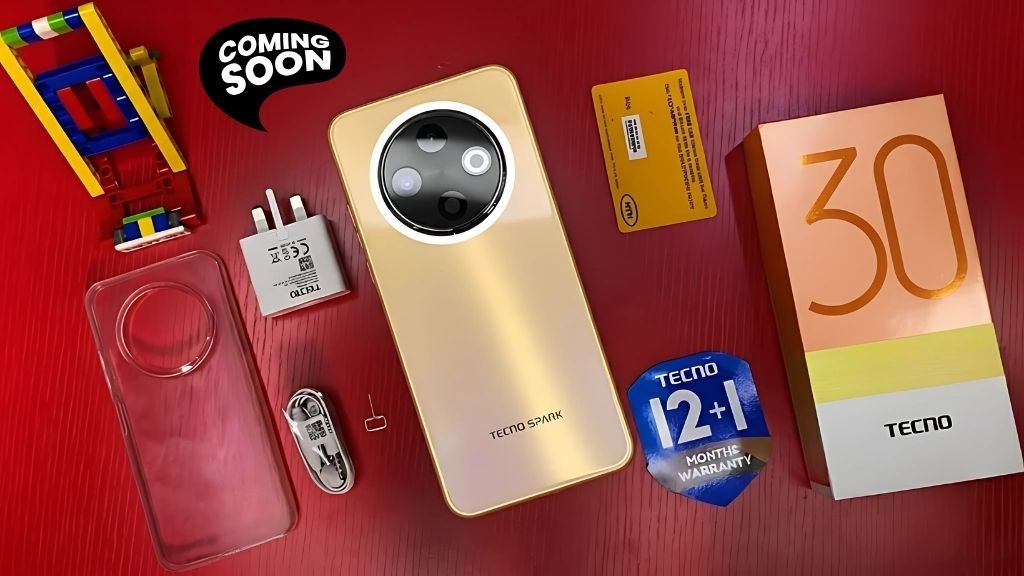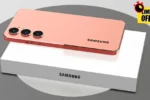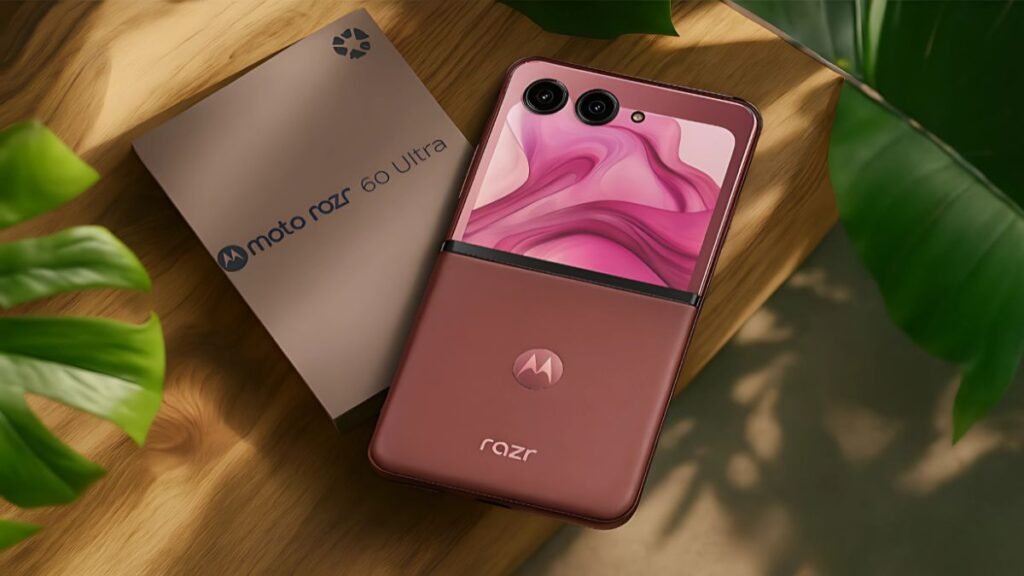Tecno Spark 30C 5G Launched: The budget 5G race just got a new front-runner. Tecno Spark 30C 5G brings the essentials most of us actually feel every hour—smooth screen, all-day battery, reliable cameras, and clean-enough software without asking you to skip rent. If you’ve been waiting to upgrade from a three-year-old phone that wheezes through reels and crawls on data, this guide breaks down everything that matters: design, display, performance, cameras, battery, software, pricing, and smart buying tips. By the end, you’ll know if the Spark 30C 5G is the budget phone that finally gets the basics (and a bit more) right.
Launch Snapshot: What’s New and Why It Matters
Tecno didn’t just bolt a 5G modem onto a bargain device. With the Spark 30C 5G, you’re looking at a 120 Hz display, 5000 mAh battery, stereo speakers with Dolby Atmos, side fingerprint, IR remote, and a proven MediaTek Dimensity 6300 5G platform—features that used to sit a price tier higher. The spec sheet also lists a 48 MP rear camera, 8 MP selfie, USB-C 18 W fast charge, and a 6.67″ HD+ hole-punch screen. In short: it’s not flashy for the sake of it; it’s practical where you live—in apps, calls, maps, and photos.
Design & Build: Slim Lines, Pocket-Friendly Confidence
The Spark 30C 5G doesn’t chase glass-and-metal theatrics, and that’s a good thing. The flat frame and satin back finish keep fingerprints at bay and grip secure during long scrolls. The camera housing sits neat and doesn’t snag jeans pockets, the side fingerprint reader lands right under your thumb, and it’s light enough that one-hand use won’t cramp your wrist. Some regions also tout IP54 splash resistance—handy for drizzle, not for pool parties—so you can answer calls in the rain without flinching. (As always, check your exact SKU for regional differences.)
Display: 120 Hz Smoothness You Can Feel
There’s a reason reviewers harp on refresh rates: once you use a 120 Hz panel, 60 Hz feels sticky. The Spark 30C 5G’s 6.67″ HD+ screen won’t win pixel-peeping contests, but the fluidity of animations, swipes, and scrolling delivers a “faster phone” feeling you notice every minute. Text remains crisp for chats and docs; color tuning is punchy without tipping into neon; and outdoor brightness is serviceable for quick map checks. For binge-watchers, the hole-punch design keeps bezels slim, and the stereo speakers with Dolby Atmos add a surprising bit of immersion in a budget body.
Performance & 5G: Quiet Speed Over Paper Specs
Raw benchmarks rarely tell the whole story. The Dimensity 6300 5G is built for consistency—snappy app launches, quick task switching, and modem efficiency that doesn’t shred your battery. In everyday use, that means you can bounce from Maps → camera → rideshare → payments without apps relaunching or music stuttering. Think 2× Cortex-A76 + 6× Cortex-A55 class CPU with Mali-G57 graphics—sensible horsepower for the price. Translation: real-world zippiness and stable 5G, not heat-soaked slowdowns by late afternoon.
Thermals & Sustained Speed
Budget devices often sprint for five minutes then crawl. Here, sustained behavior is the point: the chipset’s efficiency plus Tecno’s conservative thermal tuning keep the back warm—not worrisome—after long calls or a 30-minute game. That’s the difference between “fast at noon” and “still fast at 9 p.m.”
Cameras: Social-Ready Photos Without the Drama
Tecno sensibly centers one good camera instead of five fillers. The 48 MP rear sensor captures crisp, balanced daylight shots and believable skin tones instead of over-saturated candy. Evening mode leans on longer exposures and noise control; tap-to-expose on faces and you’ll get post-worthy results without wrestling sliders. The 8 MP selfie avoids plastic “beauty” smoothing and holds detail for video calls. There’s no ultra-wide here—this is a truthful single-main setup with computational help. The upside: quicker focus, steadier colors, less shutter lag.
Three Fast Photo Wins
- Step back and shoot 2× for more flattering portraits (less wide-angle distortion).
- At night, tap the face to set exposure; avoid lifting shadows too far.
- Keep digital zoom short; crop later for cleaner detail.
Audio: Louder, Clearer, Less Tinny
Budget phones can sound like a portable tin can. The Spark 30C 5G’s stereo dual speakers + Dolby Atmos + Hi-Res credentialing nudge voices forward so podcasts and YouTube explainers stay intelligible on the bus. Music won’t rattle your bones, but it’s coherent and rounded enough to ditch earbuds for quick clips. For calls, the earpiece clarity is solid; for Bluetooth, modern codecs keep latency in check and pairing drama-free.
Battery Life: Bye-Bye, 5 p.m. Anxiety
A 5000 mAh cell is the minimum we want in 2025—and here you get it with 18 W fast charging via USB-C. With sensible brightness and 120 Hz enabled, expect a full day of messaging, maps, reels, and photos; lighter users slide into day two. The underrated luxury: a ten-minute top-up actually moves the needle, so you’re not stuck babysitting outlets. Battery health tools throttle overnight charging and sprint when you ask, so you don’t have to micromanage percentages.
Software & Everyday Experience: HiOS on Android 14
On the software front, the Spark 30C 5G ships with HiOS (Android 14). The experience is friendlier than older builds: fewer duplicate apps, more granular notification controls, screen recorder, app lock, and per-app refresh-rate options. The big win isn’t one flashy feature; it’s the absence of friction—the UI keeps out of your way, animations feel brisk, and updates don’t turn the phone into a weekend project.
Quality-of-Life Toggles to Set on Day One
- Adaptive refresh: lets chats cruise while games stretch, saving battery.
- Do Not Disturb schedules: silence group pings after hours.
- Quick shortcut panel: pin camera, payments, and notes where your thumb lands.
Connectivity & Extras: Check the Boxes, Keep the Comforts
You’re covered on the basics: dual-SIM 5G, Wi-Fi, Bluetooth, NFC (availability varies), Type-C, and—yes—an IR remote for TV/AC control. The side fingerprint reader is fast and forgiving; face unlock helps when your hands are full. If your day bounces between home Wi-Fi, train tunnels, and crowded malls, the modem’s stability is where you’ll feel the difference: fewer drops, smoother hand-offs, and ride-hail locations that lock without a tantrum.
Storage & RAM: Choose Once, Cry Never
Base storage is usable, but if you record lots of video or keep offline playlists, target 128 GB and up (the phone supports microSD expansion for overflow). 6–8 GB RAM trims keep more apps alive in memory, so maps, rideshare, and camera don’t constantly reload. The “feel fast” you notice on day one sticks around in month six when storage headroom isn’t red-lining.





